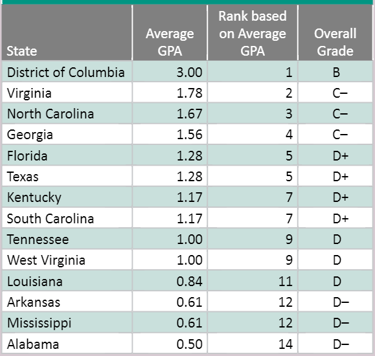11 Resolutions To Make If You're Considering Running For Office In The Next Few Years
bustle.com - For many Americans, November’s election results were (and continue to be) incredibly disheartening — but for some of you, they were also galvanizing, inspiring you to enter the fray and be an agent of change. Fantastic! But where to start? There are things to do if you’re considering running for office in the next few years that will help you get your foot in the door of the political process. Your presidential run might be a long way down the road, but, by making some important resolutions now, you can put yourself on the path to elected office, and you can do a lot of good in the meantime. There have been a lot of think-pieces written in the wake of the election, and no doubt experts will continue to unravel the forces that brought Donald Trump to power for a long time to come, but one thing is clear: Our government could definitively use fresh blood, on both sides of the aisle. It’s especially important that more women become involved in the political process. Women make up more than half of the U.S. population, and yet they fill only 20 percent of seats in the U.S. Congress. The underrepresentation of women in government starts at the local level: A 2016 report from the CUNY Institute of State and Local Governance found that, in the largest 100 American cities, only a third of city council members are women, and only 18 percent of mayors are women. The issue isn’t that women can’t get elected — they can and do — but that they don’t run in the first place; CUNY found that only 19 percent of mayoral candidates are female. The report cites a number of problems that keep women from running, including “gendered social roles, negative self-perceptions, limited exposure to politics, and lack of support.” And, of course, this lack of women getting into politics on the ground floor is bad for gender equality on the national level — because there simply aren’t enough women making it into the top echelons of government.
Why Gender Inequality Is More Acute for Women in the South
Not all inequality is created equal. Though a disparity between the sexes is seen throughout the United States and around the world, women in the South have it especially rough. A new report from the Institute for Women’s Policy Research lays out the facts, and they're pretty bleak for Southern states. Adverse workplace environment, lack of representation in state legislatures, even greater than average wage inequality and more left Southern states in the bottom of the rankings when it came to six categories women's welfare.Click through to read more about the report's findings, which are especially important in this election year.
theatlantic.com - The gender pay gap is a worldwide problem, but women in some places have it worse than others. A new report from the Institute for Women’s Policy Research (IWPR) reveals that working women in the South suffer some of the harshest inequalities in the U.S., not only in terms of how much they are paid, but how they are treated in the workforce.
To compare the status of women across the nation, the report grades each state based on six categories: political participation, employment and earnings, work and family, poverty and opportunity, reproductive rights, and health and well-being. Not a single Southern state was given an overall grade higher than a C-. In fact, 10 out of the 14 Southern states received some form of a D grade, as shown in the chart below.
Best and Worst States in the South

While not all of the report’s findings are this bleak, many of them reveal startling realities about just how divisive the workplace is for women in the South. When it comes to political participation, for instance, only one Southern state—North Carolina—earned above a D grade. Meanwhile, the report concludes that it will take more than 200 years for West Virginia and South Carolina to achieve gender parity in their state legislatures—almost double the time it will take to close the global pay gap.
Read more here.




